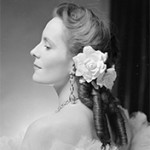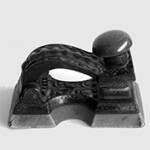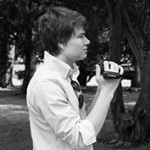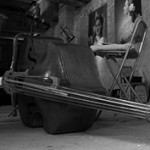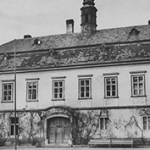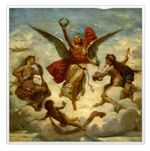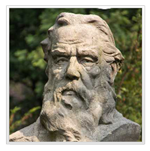Personalities of cultural history
Liteň used to be an important cultural center. Josef František Daubek, who bought the estate in 1850, belonged to the founders of the National Theatre and was the host and sponsor to many leading Czech artists. The chateau was decorated by the works of Hynais, Úprka, Brožík as well as Švabinský, and visited by Antonín Dvořák. Liteň became a retreat to many men of letters.
Josef Mánes (1820-1871) painted aquarelles of all the six Daubek children in 1861. The portrait of their mother Anna remained only in pencil since she died before it could be finished. A grand portrait of J. F. Daubek became a treasure of the chateau. The family owned “Josefina”, a famous picture by Josef Mánes, nicknamed “the Czech Mona Lisa”. Originally a wedding gift to Jarmila Novotná, the picture is now owned by the National Gallery in Prague.
Quido Mánes (1828-1880), a younger brother to the more famous painter, painted several rooms and the ceiling in the chateau’s dining room. He used the motif of four seasons and the signs of Slavic lands in the Hapsburg monarchy.
František Ženíšek (1849-1916) designed the first curtain for the National Theatre in Liteň. In nowadays non-existent manor in Vlence he painted his masterpiece Oldřich and Božena. In the picture, presently in the National Gallery, the exuberant Oldřich on a horseback has the face of Josef Šebastián Daubek.
Josef Václav Myslbek (1848-1922) created the dominating sculture of St. Joseph in the Daubek Mausoleum. In 1887, he received a certificate of merit at the Paris salon for it. In Chateau Liteň, he also created a bust of Josef Šebastian Daubek, and in his Prague studio he created a series of allegory to music for him.
Antonín Wiehl (1846-1910), a significant Prague architect, drafted for Josef František Daubek a redesign and expansion of his villa in Brněnec near Polička in 1887, and for Josef Šebestián Daubek, he built the family tomb in Liteň; its interior was decorated by J. V. Myslbek and Max Pirner.
Svatopluk Čech (1846-1908) came to Liteň in 1852 as one of the many children of the manager of the estate. The local museum exhibits the Book of Honor of the Liteň school where Čech is mentioned favorably. Liteň became the symbol of happy childhood for Čech to which he looks back with nostalgia in his poetry cycle Ve stínu lípy (In the Shade of a Lime Tree) from 1879.
František Josef Řezáč (1819-1879), a personal friend to K. H. Borovský, came to Liteň as a pastor in 1865. He became famous for his literary as well as political activities. His efforts helped build the school, which is now named after him.
Václav Beneš Třebízský (1849-1884) moved to the Liteň parish building in 1875. Alongside his columns for the Sunday issue of the magazine Čech (Czech), Třebízský wrote here several short stories as well as his best known work Povídky karlštejnského havrana (Stories of the Karlštejn Raven)
 Zámek Liteň
Zámek Liteň
